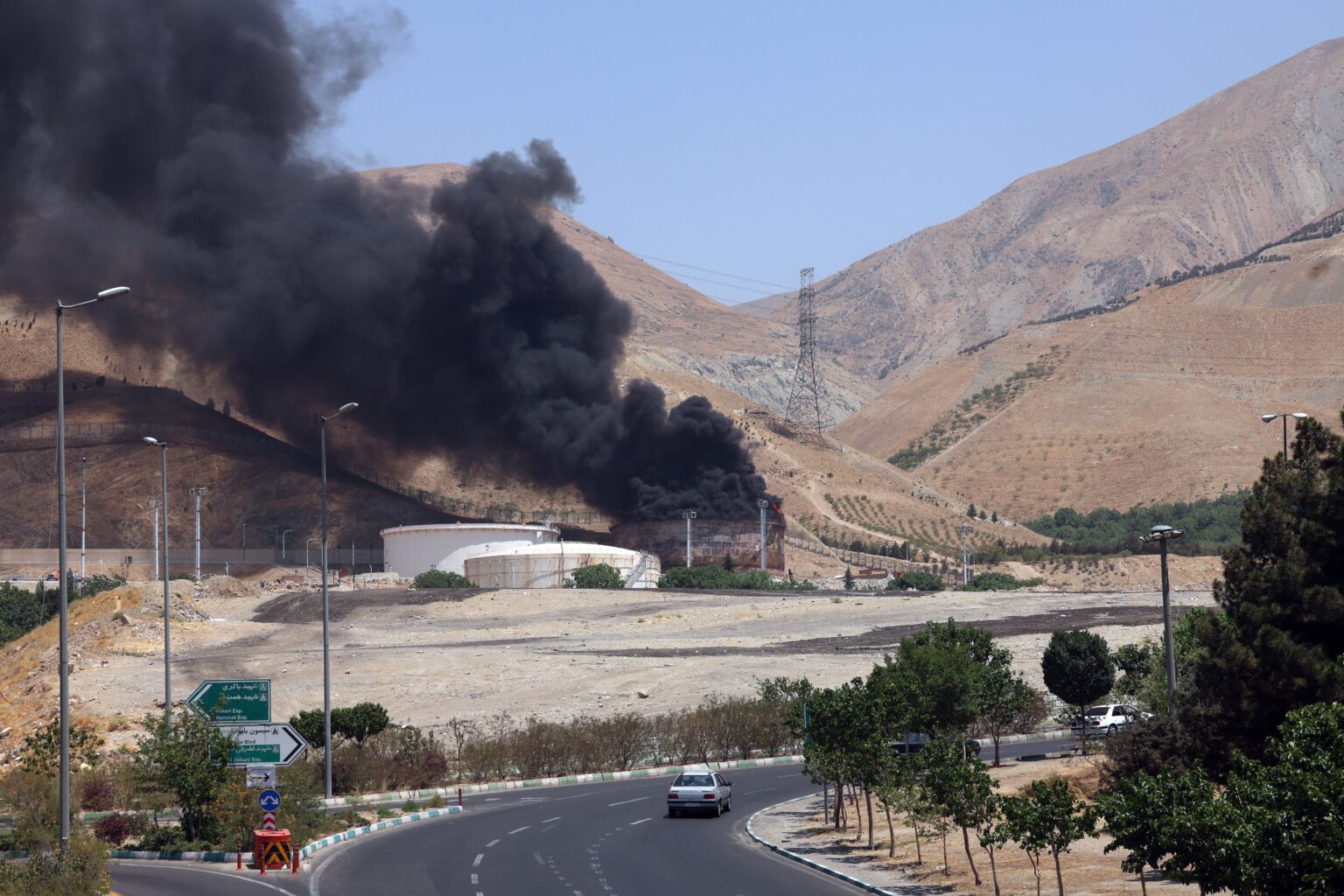Global Energy Markets on Edge Amid Israel-Iran Tensions
The ongoing tensions between Israel and Iran threaten to cause significant upheaval in worldwide energy supplies, as both nations target each other’s oil and gas infrastructure in a series of aggressive actions. Visuals of burning oil fields, damaged refineries, and disrupted distribution centers have driven crude oil prices upward. Currently, the ripple effect on energy costs within the United States remains modest, but this situation could rapidly intensify if hostilities escalate further.
Is the Israel-Iran conflict influencing U.S. gasoline prices?
Indeed, it is. Following Israel’s recent strike on Iranian targets, global oil prices surged by approximately $10 per barrel. Although the current price hovers around $74, this increase is expected to translate into higher gasoline prices at U.S. pumps-roughly a 20-cent rise per gallon, according to industry analysis from ClearView Energy Partners. Consumers will likely notice this change in the coming days, as fuel stations gradually sell through their existing inventories. Typically, there is a short delay between crude oil price hikes and the retail price adjustments at gas stations. Presently, the national average for a gallon of regular gasoline stands at about $3.14, as reported by AAA. Even with this uptick, gasoline remains cheaper than it was at this time last year, despite the recent price increase.
What is the potential ceiling for fuel prices?
The future trajectory of gasoline prices remains uncertain. Market experts warn that under certain circumstances, prices could climb significantly, potentially exceeding $4 per gallon at the pump. However, many analysts do not foresee such extreme scenarios unfolding immediately. Most projections suggest that oil prices will stay below $80 per barrel, which would limit the increase in retail fuel prices to roughly 40 cents above current levels. This would mean a manageable rise rather than a drastic spike, barring unforeseen developments.
What factors could push gasoline prices beyond $4 per gallon?
The primary concern is whether Iran will attempt to block the Strait of Hormuz, a strategic waterway through which a substantial portion of the world’s oil passes. According to Janiv Shah, Vice President of Commodities Markets at Rystad Energy, such a blockade could severely restrict global oil supplies, leading to a sharp increase in prices. While Iran and Israel together account for only about 2% of global oil production, the broader Middle East region supplies approximately 12% of the world’s oil. A closure of the Strait by Iran would disrupt this flow significantly. Notably, China and India are the largest importers relying heavily-up to 80%-on oil transiting through the Strait. Although Iran has previously threatened to block the Strait, it has yet to succeed. Should such a blockade occur, it would impose economic hardships on China, Iran’s key regional ally, and could deepen Iran’s political and economic isolation.
Implications for natural gas supplies
The situation also raises concerns about natural gas markets. Recently, Israel launched an attack on Iran’s South Pars gas fields, causing extensive damage and igniting large sections of the infrastructure. Since Iran does not export natural gas directly, its capacity to supply the global market remains unaffected for now. However, the South Pars field is shared with Qatar, a leading exporter of liquefied natural gas (LNG). If the conflict damages facilities in Qatar, global LNG supplies could face disruptions. Additionally, approximately 20% of the world’s LNG is transported through the Strait of Hormuz. A closure of this vital route could cause LNG prices worldwide to spike sharply, impacting energy costs across multiple regions.
What measures can the U.S. and other nations take to mitigate price hikes?
While options exist to stabilize markets, implementing them may require time. In the event of a Strait closure, U.S. authorities could authorize increased exports of oil and natural gas to compensate for lost supplies. However, ramping up exports is not instantaneous; it involves expanding infrastructure and boosting production capacity, especially for oil. The Biden administration is also expected to exert diplomatic pressure on OPEC+ nations to increase their oil output if supply constraints persist. Furthermore, the International Energy Agency (IEA) has indicated readiness to release strategic reserves to help maintain market stability if necessary. These coordinated efforts aim to prevent a severe spike in energy prices and ensure continued supply amid geopolitical tensions.

